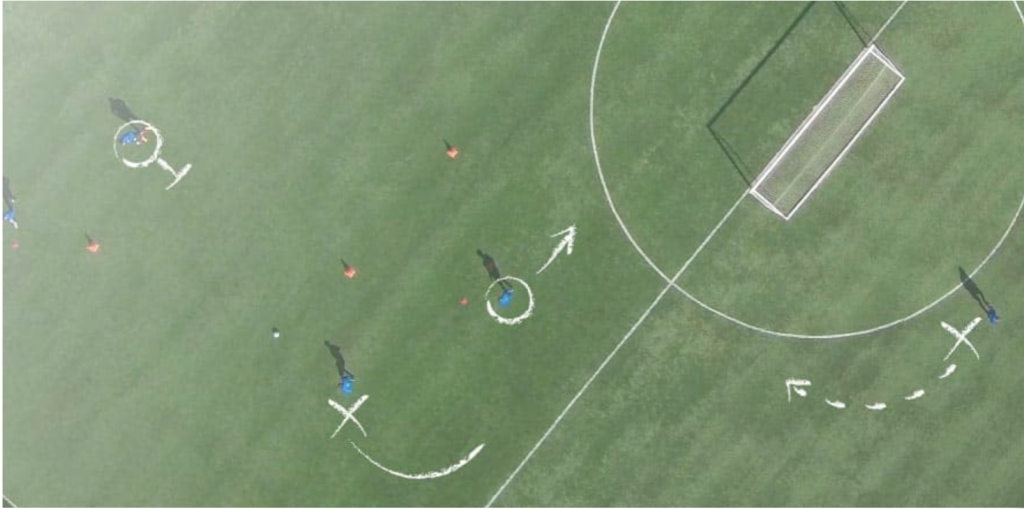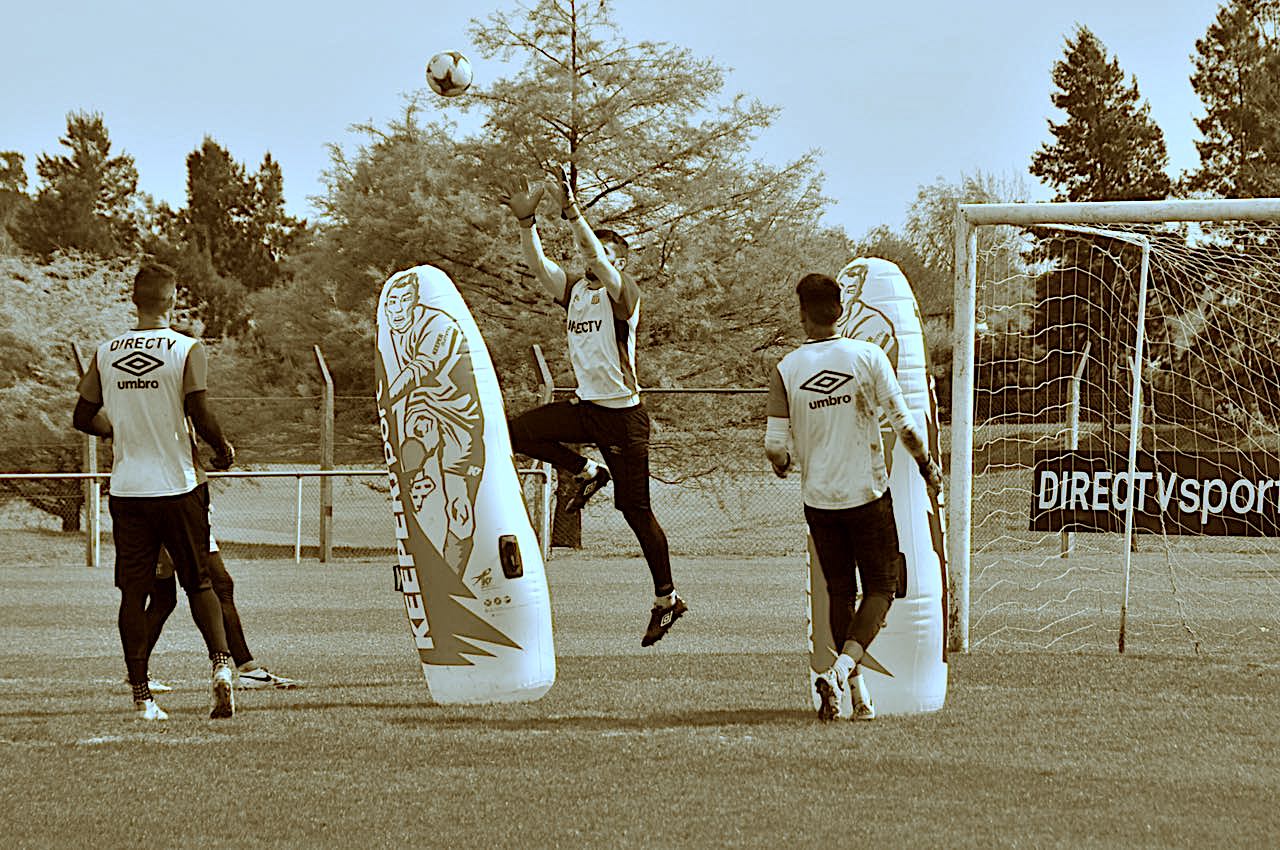WORDS FROM FOUNDER AND DIRECTOR: SPECIFIC TRAINING OF THE GOALKEEPER, CONTEXTUALIZING THE SESSIONS

EVOLUTION OF TRAINING METHODOLOGIES, DUE TO THE EVOLUTION OF COLLECTIVE SPORTS, LEAD TO CHANGES IN THE APPROACH AND DESIGN OF TRAINING OF THE FOOTBALL GOALKEEPER
in recent years, football, as a situational sport, has become a testing laboratory for new collective training methodologies. Different approaches and styles coexist, some more analytical and others mostly global, all with both positive and negative aspects, depending on the circumstances. The most important issue is to visualize and understand what our objectives are, where we want to go, what is the path and how we want to travel it; that is, what are the important aspects of our method (http://cefarq.com.ar/en/how-to-create-our-methodology/).
The goalkeeper is a member of a team, with different characteristics than his teammates, with the advantage, given by the regulations, that he/she can take the ball with his hand in the box area, and, above all, shows different energetic demands than the other players. Therefore, the GK requires specific training within the specificity of the sport.
We must understand that the GK performance is conditioned by different factors (http://cefarq.com.ar/en/the-optimization-of-the-goalkeepers-performance-an-integrative-approach/), and that his/her executions are not isolated and are conditioned by a constant interaction with the environment. Global training -in which all the components of the game, teammates and teammates who interpret the rivals- allow the GK to experience the situations that may arise in the competition, demanding interaction with his/her teammates and rivals and to make decisions based on what is happening. Logically, the level of emotional stress generated by the competition is something that possible to get only on the game day.
However, the Isolated Specific Training (IST) is extremely important: it is the time when we are alone with the GKs, we can represent variants of the game situations that are presented to the GKs, and intervene in their behaviors. Hence, the contextualization of the IST is crucial. First, generating an environment that is as real as possible by demarcating the goal box, the penalty box and the penalty spot, as references that help the GK’s brain in the learning process of spatio-temporal aspects. In addition, the use of different execution times in situations such as shots, duels and crosses require different positioning and repositioning. We can propose direct shots, one or more previous passes, or transporting the ball before the moment of the GK’s intervention.

A useful didactic tool is to assign different roles to the GKs as “goalkeepers” and as field players, either “partners” or “rivals”. The roles are behavior models, the positions of each individual in a set of interactions, linked to their own expectations and those of others. The GK “goalkeeper” must interpret his role, but also understand that of others (both “partners” and “rivals”) can help him/his to improve his/her interpretation and game anticipation. In addition, those who play the field players will be able to observe and analyze from another perspective the resolution of who is in the goal at that moment.
Also, we must give a logic to the sequence and dynamics of the exercises, especially in chained actions; that is, those that have continuity and trigger another. For example, if a shot is added after a cross that the GK deflected, it must come from an “opponent” who took the ball in the area towards which the extension occurred. In any situation that arises in the IST, be it technique optimization or chained actions, it is important to educate our GKs in the visualization and interpretation of the game situation that we pose through the exercise. This will not only help them in their individual execution, but also in their behavior within the collective tactic.
All these aspects will allow us to contextualize the exercise to perform in the moments of the Isolated Specific Training. Understanding the GKs needs, and accompanying them in the decision-making process in the different situations that may arise in the game, we will be able to provide them tools so that they create their own resolution to a given problem.
Publicado por Leandro Horacio Cortizo, el 17.12.2022
